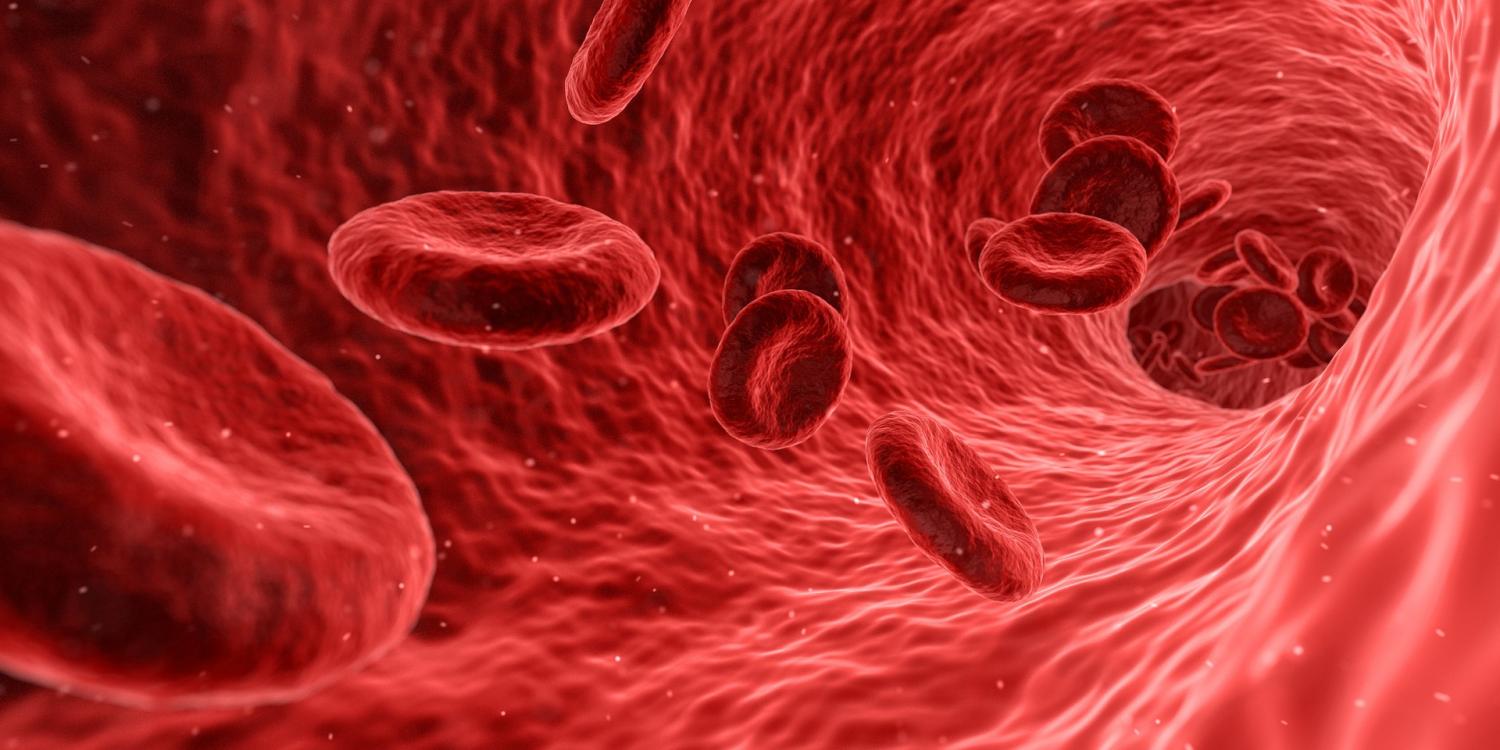madman
Super Moderator
Age-associated reduction in endothelial nitric oxide (NO) synthesis contributes to the development of cardiovascular diseases and sarcopenia. L-Citrulline is a precursor of NO with the ability to improve vascular function and muscle protein synthesis. We hypothesize that the vascular and muscular benefits associated with oral L-citrulline supplementation might be augmented by concomitant supplementation with exercise training in older adults.
Key Points
• Aging is associated with hypertension and reduced muscle mass and strength (quality) that may be mediated by impaired nitric oxide bioavailability.
• Oral L-citrulline increases plasma L-arginine and nitric oxide production.
• L-Citrulline supplementation improves muscle protein synthesis, muscle mass, and oxygen delivery that may benefit exercise performance.
• Combined with exercise training, L-citrulline may benefit vascular and muscular function via improvements in nitric oxide bioavailability and muscle protein synthesis in older adults.
SUMMARY
Evidence continues to emerge on the positive impact of chronic L-CIT on vascular and skeletal muscle function in older adults. L-CIT may improve exercise capacity by upregulating muscular perfusion and subsequent oxygen utilization. Evidence suggests that increased L-ARG and NO availability in skeletal muscle may be a crucial factor in promoting muscle function via PGC-1α stimulation of mitochondrial respiratory capacity. In addition, the action of L-CIT on muscle function also is related to its ability to promote muscle protein synthesis. Indeed, there are many studies that establish a continuum between experimental and clinical research that confirms its action. Although animal research is revealing mechanistic insight into how L-CIT positively alters the regulation of these physiological systems, human research is highlighting the effect of L-CIT on exercise performance and adaptations with exercise training. Future research is still needed to decipher the contribution of endothelial versus neuronal NO production to the vascular and muscular benefits observed after L-CIT supplementation to fully understand the ergogenic and therapeutic potential of this amino acid. More studies will be needed to investigate the additive clinical benefits of L-CIT supplementation and exercise training on arterial and muscle functions in older adults.
Key Points
• Aging is associated with hypertension and reduced muscle mass and strength (quality) that may be mediated by impaired nitric oxide bioavailability.
• Oral L-citrulline increases plasma L-arginine and nitric oxide production.
• L-Citrulline supplementation improves muscle protein synthesis, muscle mass, and oxygen delivery that may benefit exercise performance.
• Combined with exercise training, L-citrulline may benefit vascular and muscular function via improvements in nitric oxide bioavailability and muscle protein synthesis in older adults.
SUMMARY
Evidence continues to emerge on the positive impact of chronic L-CIT on vascular and skeletal muscle function in older adults. L-CIT may improve exercise capacity by upregulating muscular perfusion and subsequent oxygen utilization. Evidence suggests that increased L-ARG and NO availability in skeletal muscle may be a crucial factor in promoting muscle function via PGC-1α stimulation of mitochondrial respiratory capacity. In addition, the action of L-CIT on muscle function also is related to its ability to promote muscle protein synthesis. Indeed, there are many studies that establish a continuum between experimental and clinical research that confirms its action. Although animal research is revealing mechanistic insight into how L-CIT positively alters the regulation of these physiological systems, human research is highlighting the effect of L-CIT on exercise performance and adaptations with exercise training. Future research is still needed to decipher the contribution of endothelial versus neuronal NO production to the vascular and muscular benefits observed after L-CIT supplementation to fully understand the ergogenic and therapeutic potential of this amino acid. More studies will be needed to investigate the additive clinical benefits of L-CIT supplementation and exercise training on arterial and muscle functions in older adults.




















